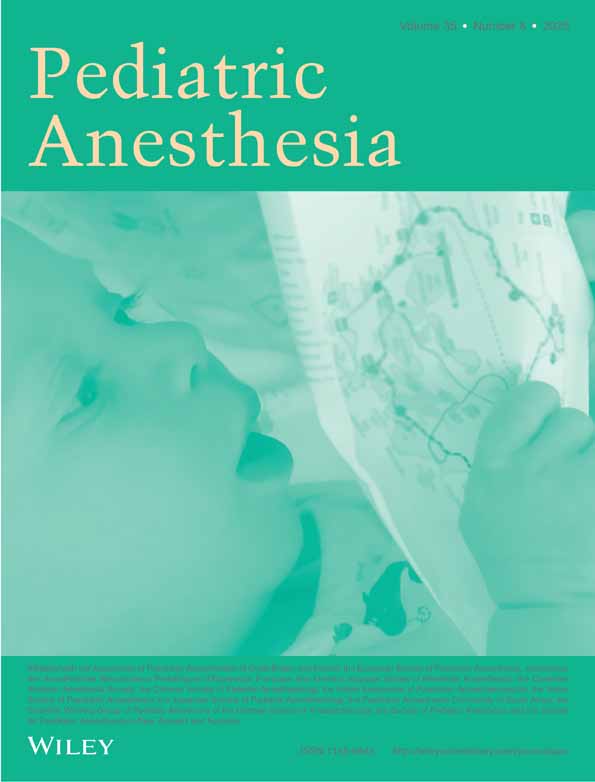Paediatric lumbar epidurals: a comparison of 21-G and 23-G catheters in patients weighing less than 10 kg
Summary
Using the database of our pain management team, we examined the records of 254 patients weighing between 4.5 kg and 10 kg who received an epidural for postoperative analgesia. We looked at the incidence of catheter related problems in two groups of patients in whom either a 21-G (18-G short Tuohy needle) or a 23-G catheter (19-G short Tuohy needle) was used. There was a significantly higher incidence of difficulty in threading the catheter, kinking and occlusion in the 23-G catheter group. There were more leaks in the 21-G catheter group but the difference was not significant and both groups had a comparable incidence of clinically relevant leakages. No dural tap or difficulty in using either needle were reported.




